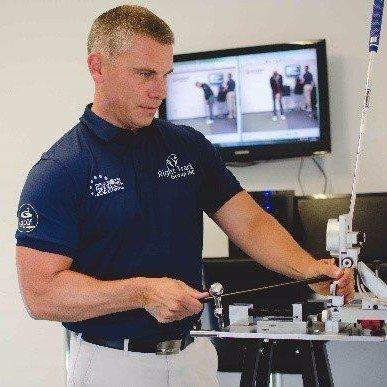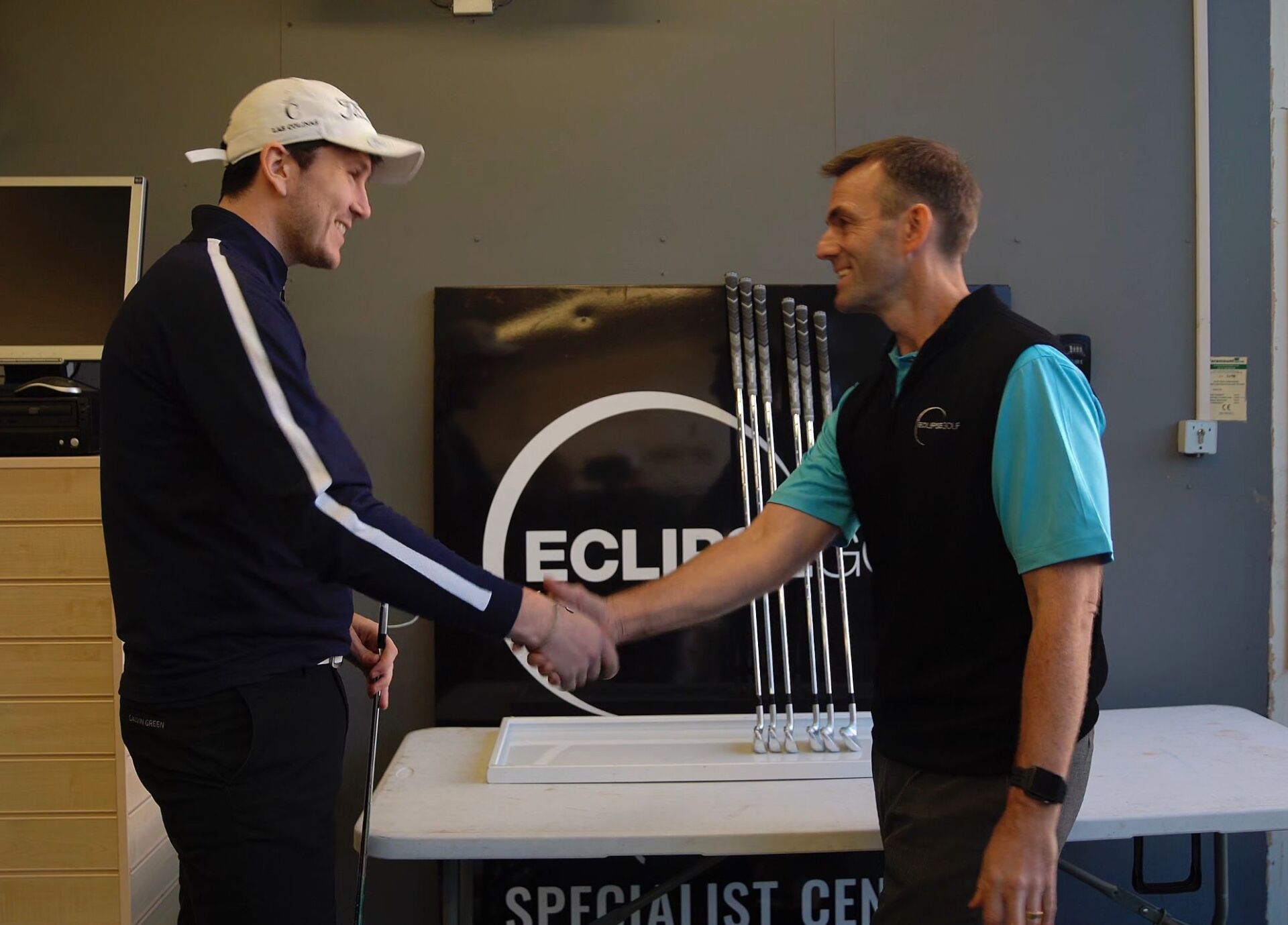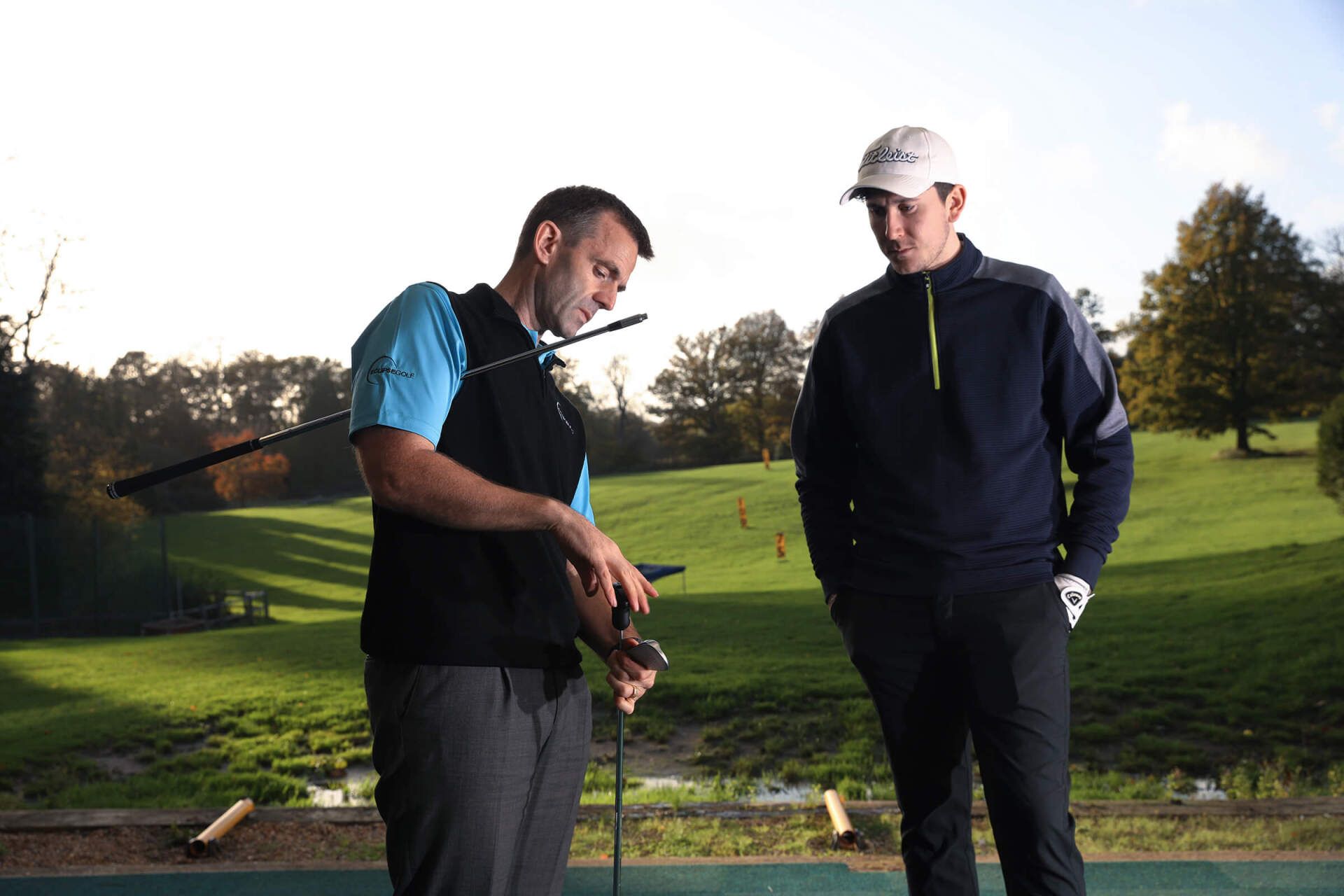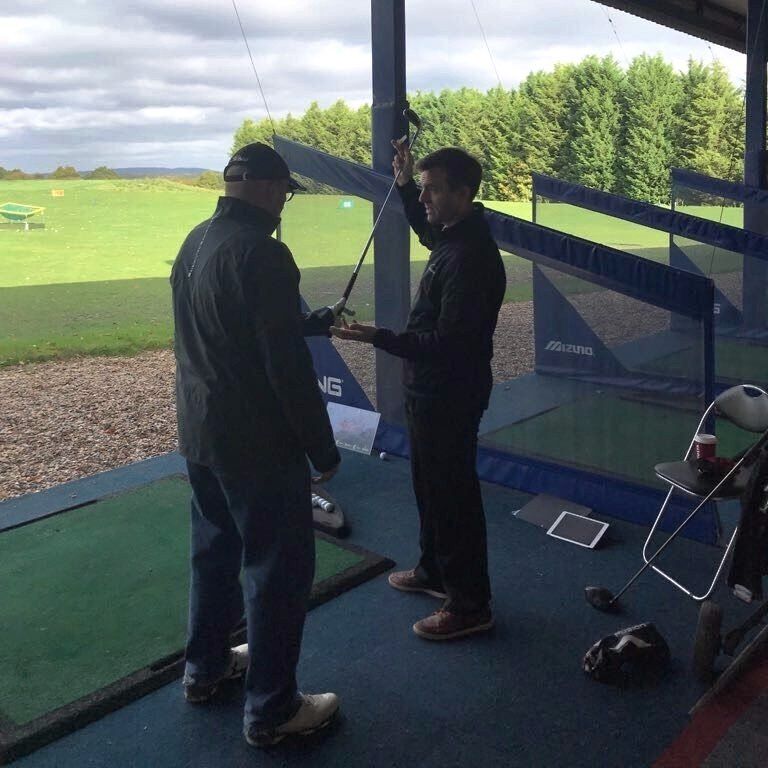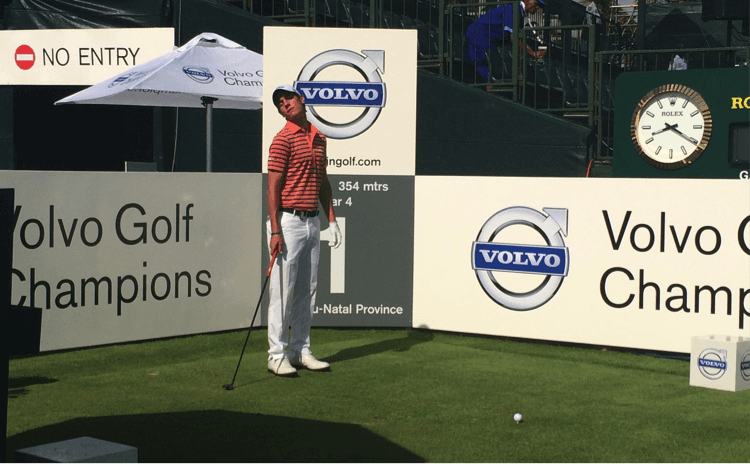Ryder Cup & Equipment
Article by Rhys Atkinson Founder of Eclipse Golf Ltd
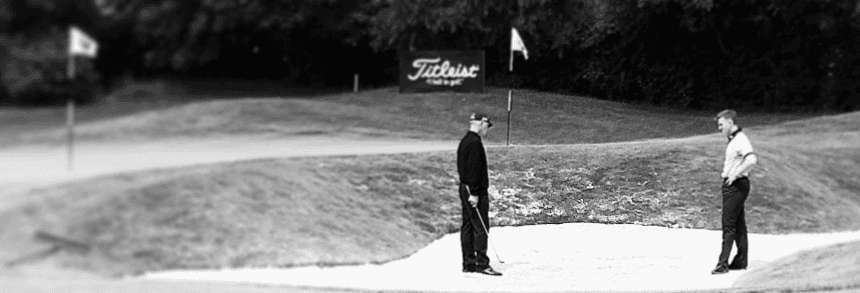
With another incredible display of golf at the 2016 Ryder Cup I got to thinking about the part played by the players equipment choices in the unfolding drama. For me as an Ex Tour rep it’s like watching a hidden world, a game within a game – and a stressful one at that!
I’ve been fortunate to have worked regularly with 6 of the players (including one of the US team!) in this years contest specifically on their equipment needs so it was interesting to watch from ‘outside’ the ropes this time. (You can see the players I worked with at the bottom of the page).
Generally the viewers at home may be aware of the brand that was being used by a particular player (not that easy at the Ryder Cup with all the sponsor names removed) but would not have an inkling of the little tweaks and set up specific to a player that may have been made to correct problems or get that extra 1% of performance. I used to watch players on the TV hit clubs that we’d worked on that week and hold my breath as they ripped through impact and analyse their body language trying to work out what they were thinking and if I’d have a good or bad following week with them!!
Of course our job was also to try and make sure the players were playing with the latest equipment in the brands portfolio – this was not always easy, especially with the more experienced players and even more difficult leading up to a big event like the Ryder Cup. Once they had a club they liked they did not want to budge. I remember a few times walking up to Thomas Bjorn wondering how an earth I was going to broach the subject of him trying the latest driver model – if his beloved Liverpool had played well at the weekend it was usually an easier walk!

Ultimately the goal is the same for all of them – to have clubs in their hand that they trust 100%. What that means in my mind is that under the most extreme pressure they are only thinking of the shot in hand rather than the clubs performance. It’s a bit like a referee in a football match – you don’t notice the ones who are doing their job well but when the decision is wrong he gets hell (I bet all of you have AT LEAST one of those in your bag! – by the way we do repairs if you need us)
That’s also the same for you and your equipment. Forget the common belief that you are not good enough or consistent enough to benefit. You’d be amazed at the difference properly assessed equipment will make for you. That doesn’t necessarily mean new clubs – small simple adjustments can make the world of difference to someone’s game, trust me, I’ve seen it and have feedback from multiple clients to prove it (see samples at bottom of the page).
So back to some of the Ryder Cup Team and to reference a few of the players for a bit of fun and to see how different their specs can be….
I worked with Matt Fitzpatrick a few times and thought he performed brilliantly. He was always genuinely pleased to see you (or in my case the back of me!), and always in a good mood – cheeky as well – I remember one time at Leopards Creek in SA (AMAZING PLACE) he asked me to adjust his Ping woods when I was working for Callaway!
When I saw the fwy wood fly into the water on 16 in the Saturday Ryder cup foursomes the former rep in me started asking if the head was weighted properly or if the shaft should have been stiffer, or shorter, or the grip thicker, or, or ,or…!!
Thomas Pieters was unbelievable – talk about stepping up!! Thomas was always great to work with, always quiet, appreciative of your efforts and impressive to watch. When I worked with him I used to think his swing arc must be one of the longest on Tour – swing-speed was usually around 121mph with the driver, heavy 70g shafts (Diamana W70 x when I was working with him) and midsize grips with 2 additional layers of tape – you and I would have a tough time getting the ball of the ground with that make up!
This was how his spec would have been written up in tour rep shorthand.
BBA 9 low / -1D / 7 heel / 9 Toe / W70 X / 45.5 /Midsize plus 1 Logo Up
(see attached image for one of my spec cards for Thomas – these were like Doctors prescriptions and just as hard to read!)
Also see image of us working with Thomas in Dubai.

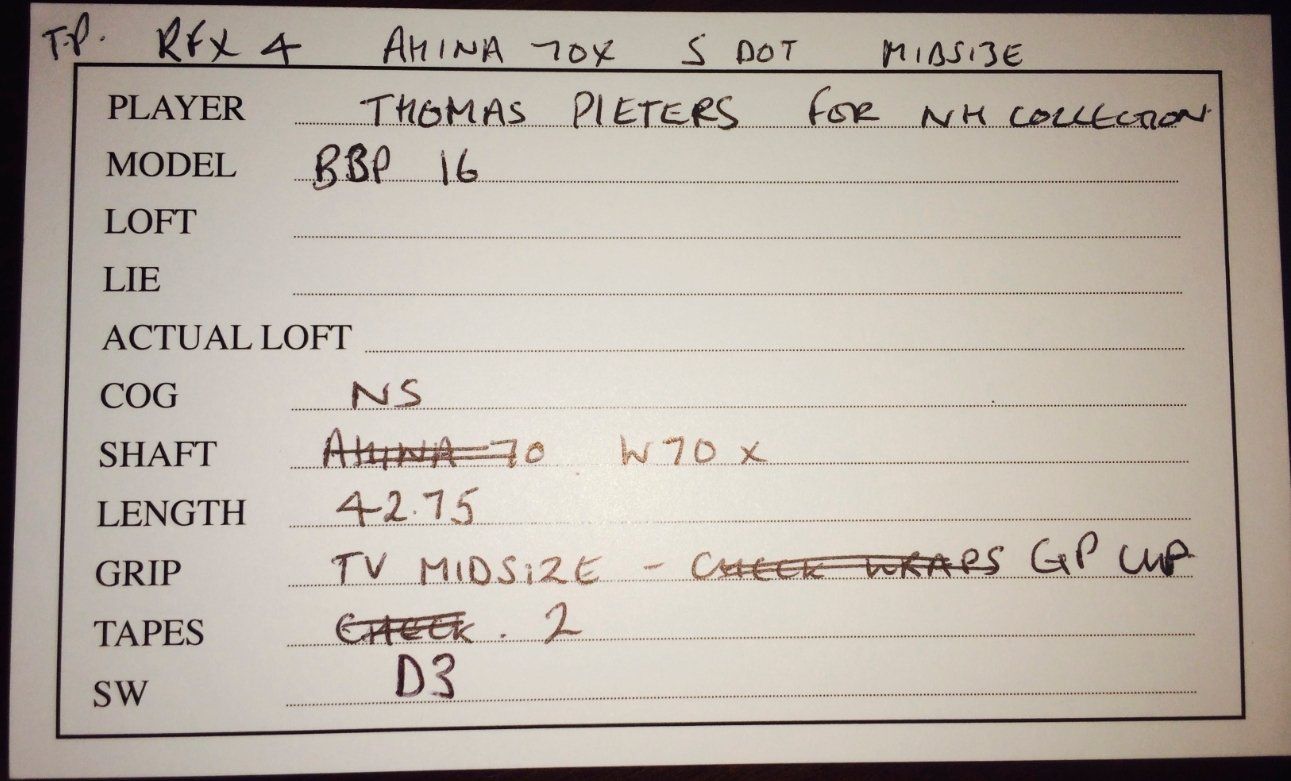
Translated that’s a 9 degree head but that was specially selected to ensure the exact loft was even lower. It was then set in a -1 position – this brought the exact loft down to 8.3. Thomas generated so much speed that keeping the launch down was key maximising distance. His driver length was 45.5 which is fairly std length on tour these days although 45” is probably more popular)
Henrik Stenson also played superb golf under the spotlight winning Europe 2 points – the ice man is tall and strong like Thomas Pieters but very different swing mechanics result in an entirely different equipment set up – Henrik’s specs looked like something like this when I was working with him:
BBA 11.5 / NS / 12 Core down / 5 toe / 3 heel / New Blue X / tipped 1.5 / GP TW plus 1 logo up
Translated that means a high lofted driver set up with a heavy weight inside the head positioned downwards to lower the spin. The heel & toe weights set up favoured a slight fade and his shaft/head setting helped make the head quite square to look at which suited his eye. Shaft was the white Grafalloy with extra tipping to help keep the spin as low as possible. The goal here was to help increase the launch without increasing the spin to produce a long but safe flight. Henrik has a steeper swing than Thomas, which is the main reason for the loft difference between their specs.
See the attached image of us working with Henrik at the Emirates practice range with his (then) new driver fitted for his swing at that time. His sense of humour is very dry and he’s a lot of fun to work with.
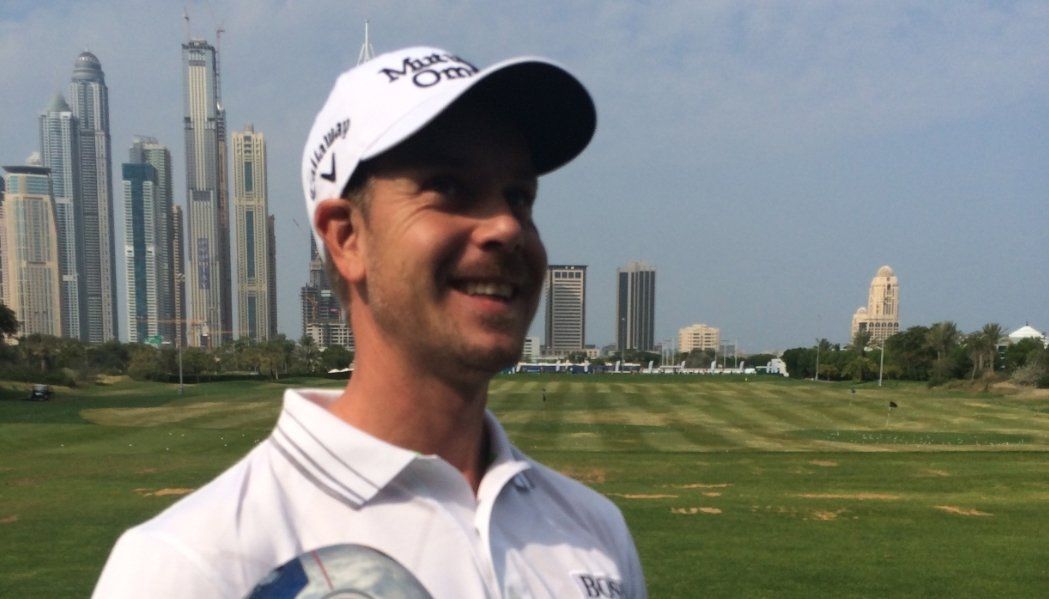
Danny Willet typically preferred a 45” driver (although he has played longer) with a 65gram shaft, mid to high kick-point and mid torque around 3 – 3.5 deg. Danny liked the driver to look square but would have over 10 degrees of loft to achieve the strongest flight. His work ethic was always terrific as you would expect but he also practiced smart to ensure he didn’t aggravate the back issues he’s had to contend with.
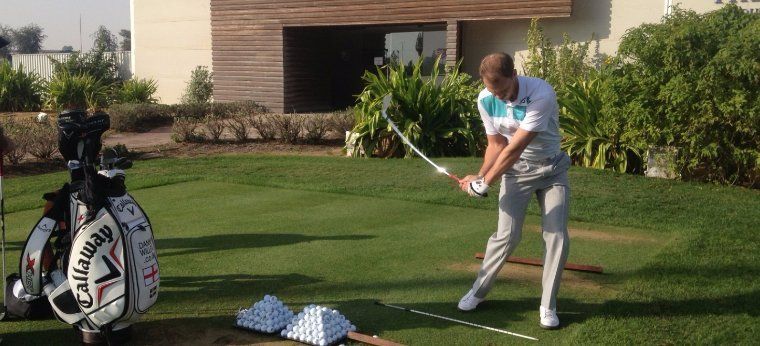
As you can see all the players have equipment that varies greatly in set up in order to work in harmony with their swing for that week – in Ryder Cup week of course the importance of that is amplified along with the pressure they have to contend with.
Its not really feasible for the social golfer or even highly competitive amateurs to have the same frequency of attention as these Tour Players but it is important that you find a club fitting specialist with a good level of experience to advise you on your equipment. Like a good teacher its also important to stick with that specialist so you can call them for advice and know that their understanding of your game and goals means they can help you tweak areas to keep you on track.
See below for some of the feedback we have received below – you’ll find plenty more from both clients and Tour Players on our website.
If you’d like us to check or amend your
equipment or if you are looking to invest in new clubs or just seek advice we’d
love to help you. You can contact us on 01293 223 038 or call/text on 07715 419
862. You can also email us on enquiries@eclipse-golf.co.uk
or send a contact request through our website at www.eclipse-golf.co.uk
Testimonials
"Hi Rhys, hope you're well. What a difference a couple of weeks makes. Hitting more fairways and the distance is incredible. carrying 260 yards plus and finally getting some roll with my drives. Thank you so much for all your help. I'll be back up soon to fill the gap between driver and utility and some new wedges. need a few months to save up first though!"
Barry Edwards, 14 hcp - Titleist clubs
- June 2016
"Hi Rhys – managed to grab 9 holes with the re-shafted clubs on bank holiday Monday. I can really feel the difference in the shafts, very pleased with them – Thank you!"
Simon Cole 5 hcp – reshafts, lofts and lies
– 1st September 2016
"Rhys, thanks for all your help with the clubs and good luck with helping the amateurs in their search for glory!"
Thomas Pieters (BEL), 3 x European Tour Winner - 2 x top tens in 2015 and 1 in 2016
- 2016 Ryder Cup player
2016 Ryder Cup Players Rhys has worked with on their equipment:
Patrick Reed (the quiet, shy one), Henrik Stenson, Danny Willet, Matt Fitzpatrick, Thomas Pieters, Chris Wood.
Copyright Eclipse Golf Ltd 2016. All Rights Reserved
